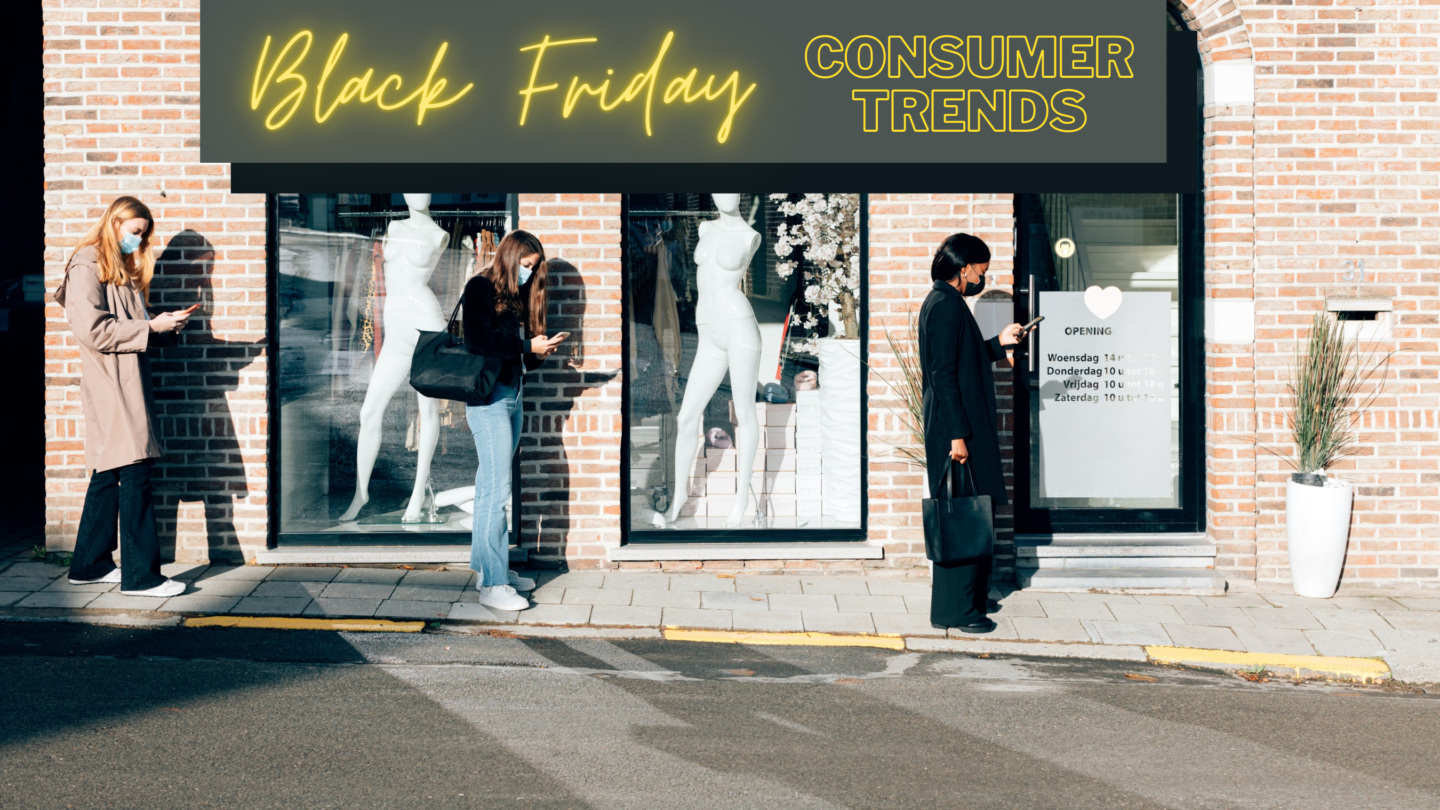Going into Black Friday, expectations were scattered. But there was one resounding consensus: Just like the rest of 2020, Black Friday was going to look a lot different than previous years. Of course, that prediction was spot on. But what were the key differences between this year’s biggest shopping day and 2019?
1. E-Commerce Sales Soared
With more consumers staying home due to covid, online retail took a prominent place in this year’s holiday shopping. According to Adobe, online sales were 21.6% higher than last year — reaching a record total of over $9 billion (compared to the last record of $7.4 billion in 2019).
This elevation in online spending is on par with predictions about this holiday shopping season. But, it’s a significant increase and change in consumer behavior nonetheless, as many of the changes we’ve seen in the covid era may prove to have some staying power. Just like work from home and curbside pickup, a strong move toward e-commerce for holiday shopping may be the new normal in the post-covid future.
2. Brick-and-Mortar Traffic Slowed
Correlating with the rise in online shopping, in-store traffic puttered out this year, plummeting by 52% compared to 2019. Not only did fewer consumers choose to risk venturing out of the house, those who did were much more intentional about their shopping than usual.
For many, the thrill of in-person Black Friday shopping is not knowing what extra treasures you’ll discover along the way. Shoppers weren’t nearly as interested in perusing the aisles this year — they got what they came for and went along their merry way.
Consumers weren’t the only ones driving this drop, though. Many brick-and-mortar retailers have been trying to keep crowding to a minimum, partially to keep their facilities as safe as possible and partially due to reduced staffing. Many retailers offered fewer doorbusters and limited their hours, keeping crowds at bay.
3. Thanksgiving Shopping Trips May Be a Thing of the Past
One statistic from the weekend that may have serious future impacts was the drop in people shopping in-store on Thanksgiving day. For a number of years, the percentage of people following up their Thanksgiving festivities with a little in-person shopping has consistently risen as retailers have opened early to get ahead on their Black Friday sales.
This year, in-store traffic on Thanksgiving saw a drastic 95% decrease. With e-commerce taking center stage this year, it’s becoming clear to many retailers that they could save on higher holiday wages by keeping brick-and-mortars closed on Thanksgiving and making stronger offers online instead.
In 2021, we may find ourselves returning to the ways of the early aughts, when it was tough to find an open store on Thanksgiving.
Key Takeaways:
As expected, consumers took to the internet for their holiday shopping this year. Brick-and-mortar traffic was down on both Thanksgiving and Black Friday, which is a trend we may just find persists through next holiday season. ‘Tis the season to strengthen your online offers!
